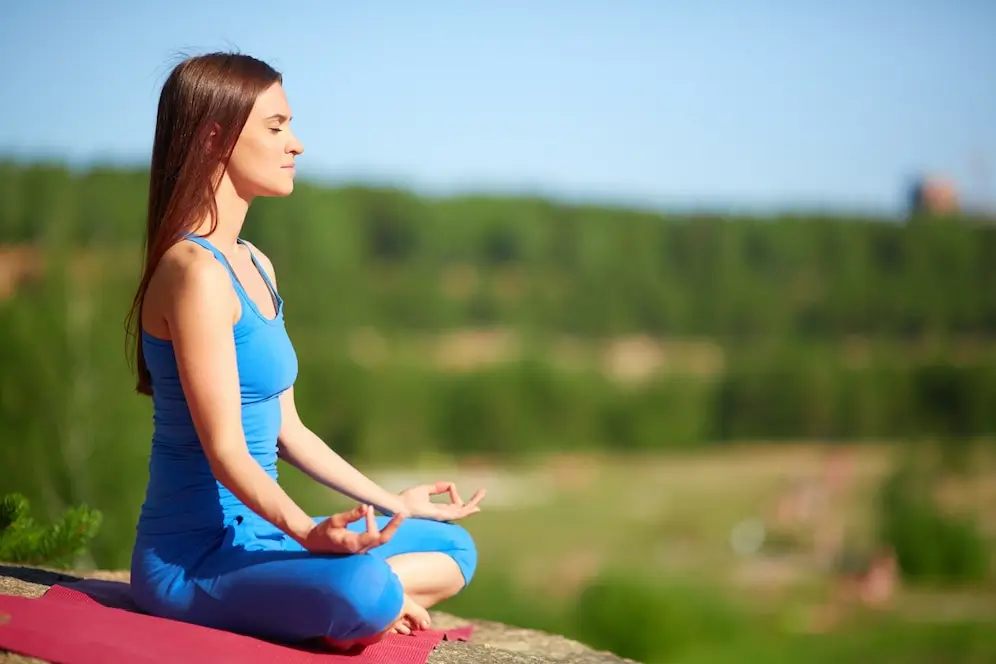Understanding Morning Meditation And Exploring The Different Techniques
Table of Contents
Meditation is a quiet, relaxing, and mindful activity. It’s a customary process of training your brain to focus on specific thoughts or ideas. Practicing morning meditation involves self-awareness and observation of one’s emotions, spirituality, physical state, and mental state. It is stepping back from your ideas and yourself.
You can learn to focus your thoughts and become emotionally and mentally clear to meditate. Stated differently, it is when an individual achieves inner peace and is free from uncertainty and disturbance.
Why learn how to Meditate?
Here are five reasons to embrace morning meditation:
- Understanding your pain
As your mental state affects how you perceive pain, stress tends to make it appear worse. It could be worthwhile to attempt morning meditation if you notice that your panic attacks aggravate your chronic pain conditions.
- Lower your stress
One of the primary and most common reasons for trying morning meditation is stress reduction.
- Connect better
Mindfulness is a critical component of meditation. You can learn how to identify and manage the symptoms and warning signs of depression and anxiety and connect better by practicing meditation.
- Improve focus
According to studies, daily morning meditation improves a person’s focus and accuracy when working on a task.
- Reduce brain chatter
Meditation, especially morning meditation, helps achieve a calm mind and a profound state of relaxation by decluttering your mind.
How to meditate?
Following are the steps to meditate:
- Take a seat: Choose a peaceful area to relax. Place your hands on your knees and your back straight as you sit comfortably in a chair.
- Set a time limit: Start your morning meditation by setting a digital reminder for 10 minutes. Slowly increase the time as you get a hold of it.
- Notice your body: Meditation is all about being aware of yourself. Scan through your body while you shift your focus from the outer world to inside you.
- Feel your breath: Mindful breathing is the key to successful meditation for sleep. Take a deep breath and focus on each breath you take.
- Notice when your mind has wandered: Identify when your mind has wandered and try taking it back to the present.
- Be kind to your wandering mind: Treat your wandering mind with kindness and gentleness. Lend a loving touch to your consciousness.
- Close with kindness: Finish it off with kindness and gratefulness.
Types of Meditation
1. Mindfulness Meditation
Based on the teachings of the Buddha, this method of meditation has gained a lot of popularity in the West.
Our understanding of how our minds function can be significantly enhanced by practicing mindfulness meditation.
2. Mindfulness-Based Stress Reduction types of meditation
In mindfulness-based stress reduction (MBSR), a therapy approach, participants engage in weekly stress-reduction exercises, including yoga and meditation, led by an instructor.
3. Mindfulness-Based Cognitive Therapy
A form of psychotherapy known as mindfulness-based cognitive therapy (MBCT) combines cognitive behavioral therapy (CBT), mindfulness, and meditation.
4. Concentration Meditation
This method is the exact opposite of multitasking in that it involves us concentrating only on the task at hand.
5. Mantra Meditation
Mantra meditation involves mindfully reciting a mantra, which can be any word, phrase, or syllable.
The two main elements of most mantra meditation approaches are spiritual meditation and mantra recitation.
6. Transcendental Meditation
Silently chanting a mantra in the mind is referred to as transcendental meditation. Transcendental meditation’s main objective is to put your body in a calm, aware state.
7. Guided Meditation
With this type of meditation, you can follow step-by-step directions while listening to a recorded voice or piece of music.
8. Loving-Kindness and Compassion Meditation
Loving-kindness meditation is a well-liked self-care strategy for elevating joy and lowering stress.
Daily LKM practitioners may experience improvements in their ability to forgive, connect with others, accept themselves, and experience other advantages.
9. Meditative Movement
To attain a peaceful state of mind, meditative movement activities include postures or motions that focus on breathing. These are excellent replacements for mainstream meditation techniques.
How do I start daily meditation?
Understanding that you need meditation is the key. Once you identify the issues you need to fight off, you become more self-aware, focused, and ready to incorporate the meditation technique of your choice.
Start with a bit of time duration and then increase it as you enjoy the process.
How Meditation Works to Change the Brain
Mindfulness meditation can improve memory, attention, and cognitive function over time. Additionally, the technique can assist in reducing sympathetic nervous system activity.
It may improve the parts of your brain in charge of learning, memory, focus, and self-awareness.
Potential Health Benefits of Meditation
If you have a medical issue, especially one that could get worse under stress, meditation might be helpful as well. According to some research, meditation may assist individuals in reducing the symptoms of illnesses like:
- Asthma
- Anxiety
- Cancer
- Depression
- Heart Disease
- Chronic Pain
- Irritable Bowel Syndrome
- Insomnia
- High Blood Pressure
FAQ’s
- How much Should I meditate?
Meditating once every day is enough if you are a beginner. You can also opt for a night meditation if you want.
- What are the 4 pillars of meditation?
The four pillars of meditation are to relax your body, open your heart, sit and settle into quiet, and then get up and go out into the world.
- How do I know if I’m meditating correctly?
You are correctly meditating if you can focus on your breathing for a single time, recognize when you become distracted by your thoughts, and then return to paying attention to your breath.
- How many minutes should I meditate for?
Most people will see the necessary changes in 15 to 20 minutes of daily meditation.
Takeaway
People generally find it very difficult to select the proper mediation technique. Don’t be afraid to try out various meditation techniques and branch out. Finding the ideal one for you often requires some trial and error.

